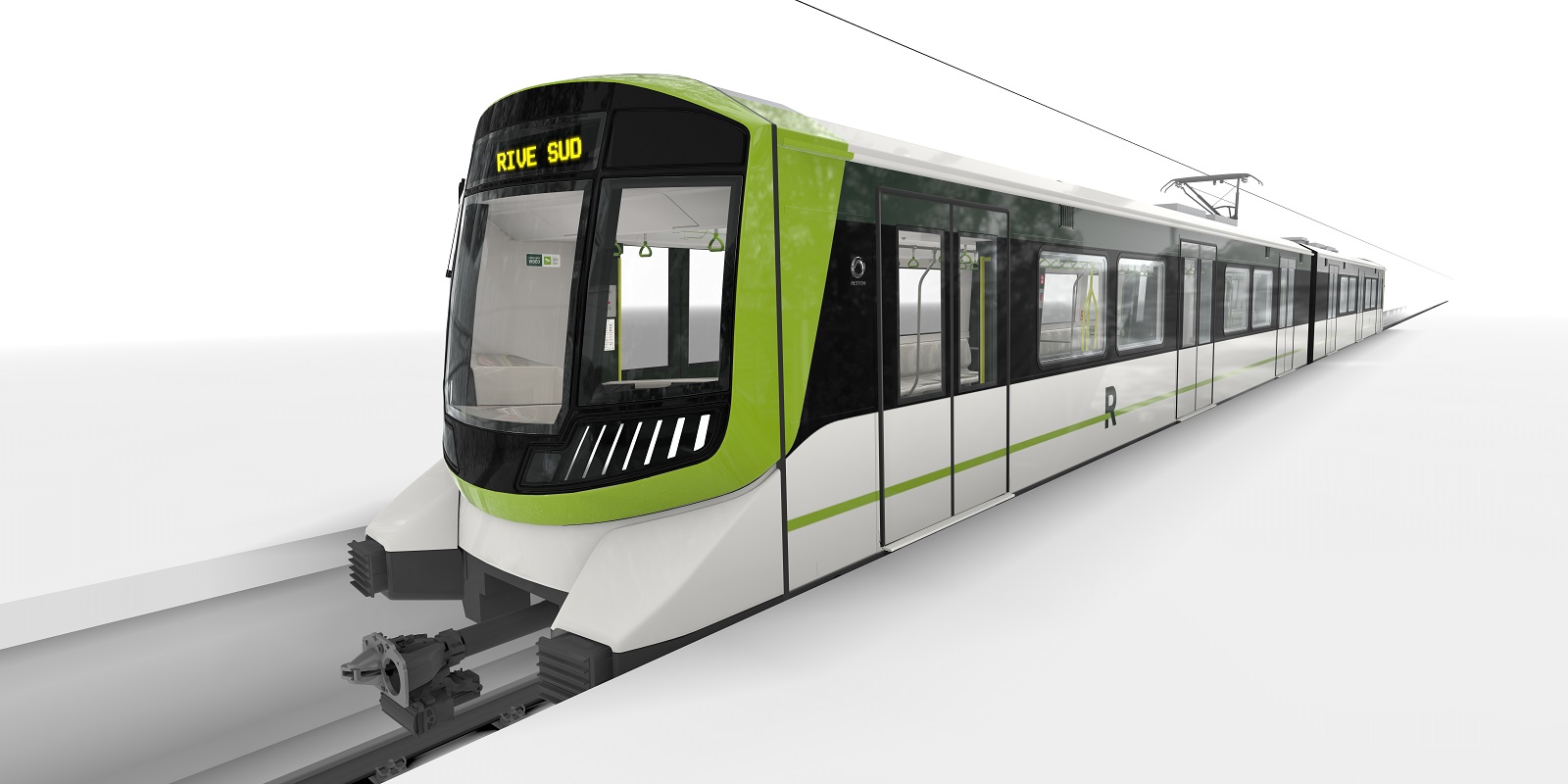Monarch Butterfly
Superstar
From width comparison,
new Montreal REM Metropolis cars:
2.94 m
TTC Toronto Rocket Subway cars:
3.12 m
Approx 18 cm difference.


Toronto Rocket - Wikipedia
en.wikipedia.org
I just can't fathom why the insistence in a different smaller rolling stock for the Ontario line.
If the Ontario government want to save money by not going underground and instead build above ground and use overhead bridges similar to some parts of the Montreal REM through less-dense areas of Toronto, sure, I totally agree.
The TR can do automatic train control, and along with platform screen doors, the Ontario Line/Relief line with the TR rolling stock can be a very efficient relief line long into the future for the city.
The Montréal Metro trains are 2.51 m wide. The Flexity Freedom cars are 2.65 m wide. The Flexity Outlook streetcars are 2.54 m.